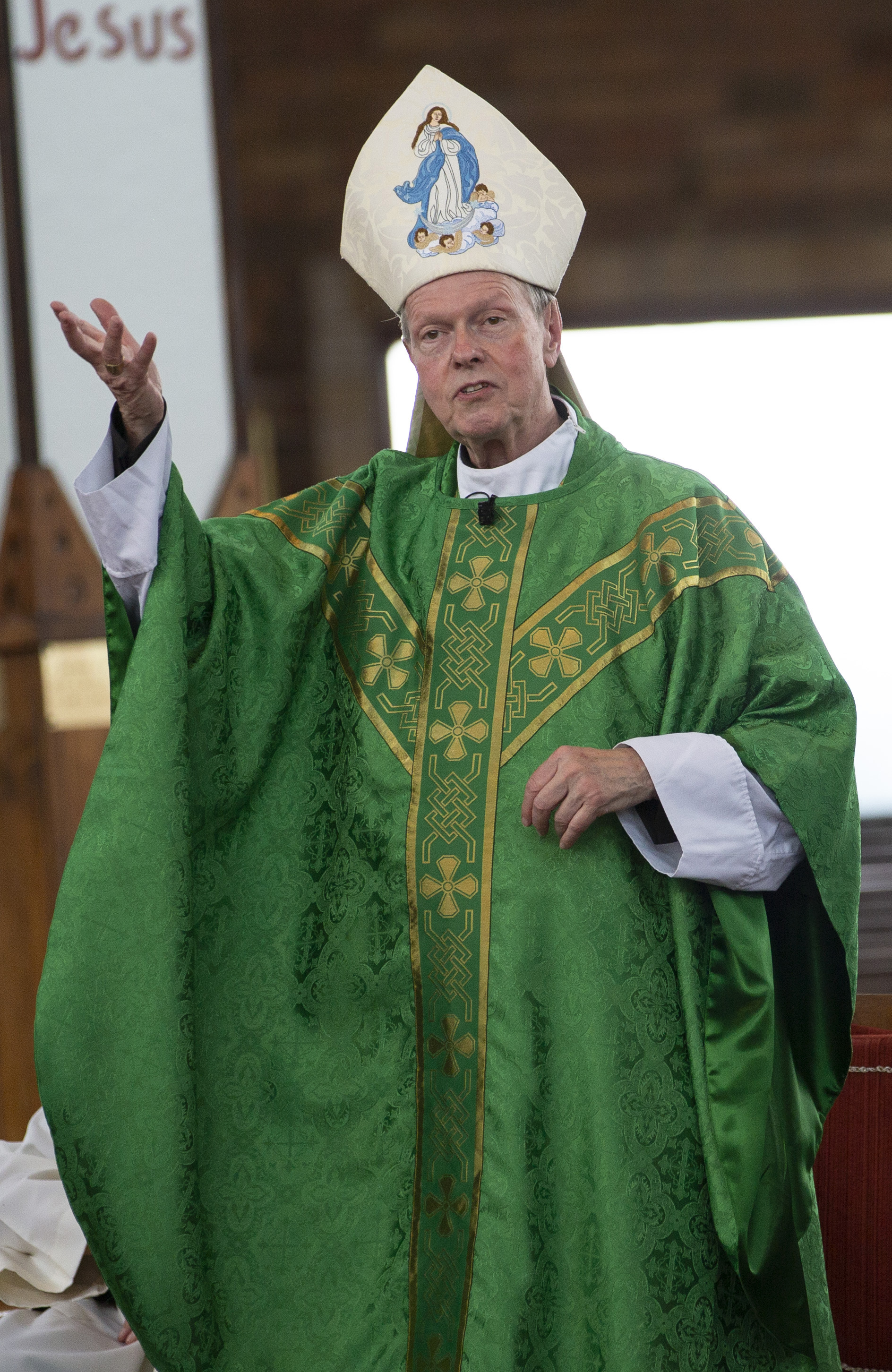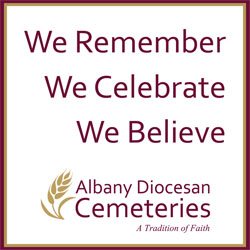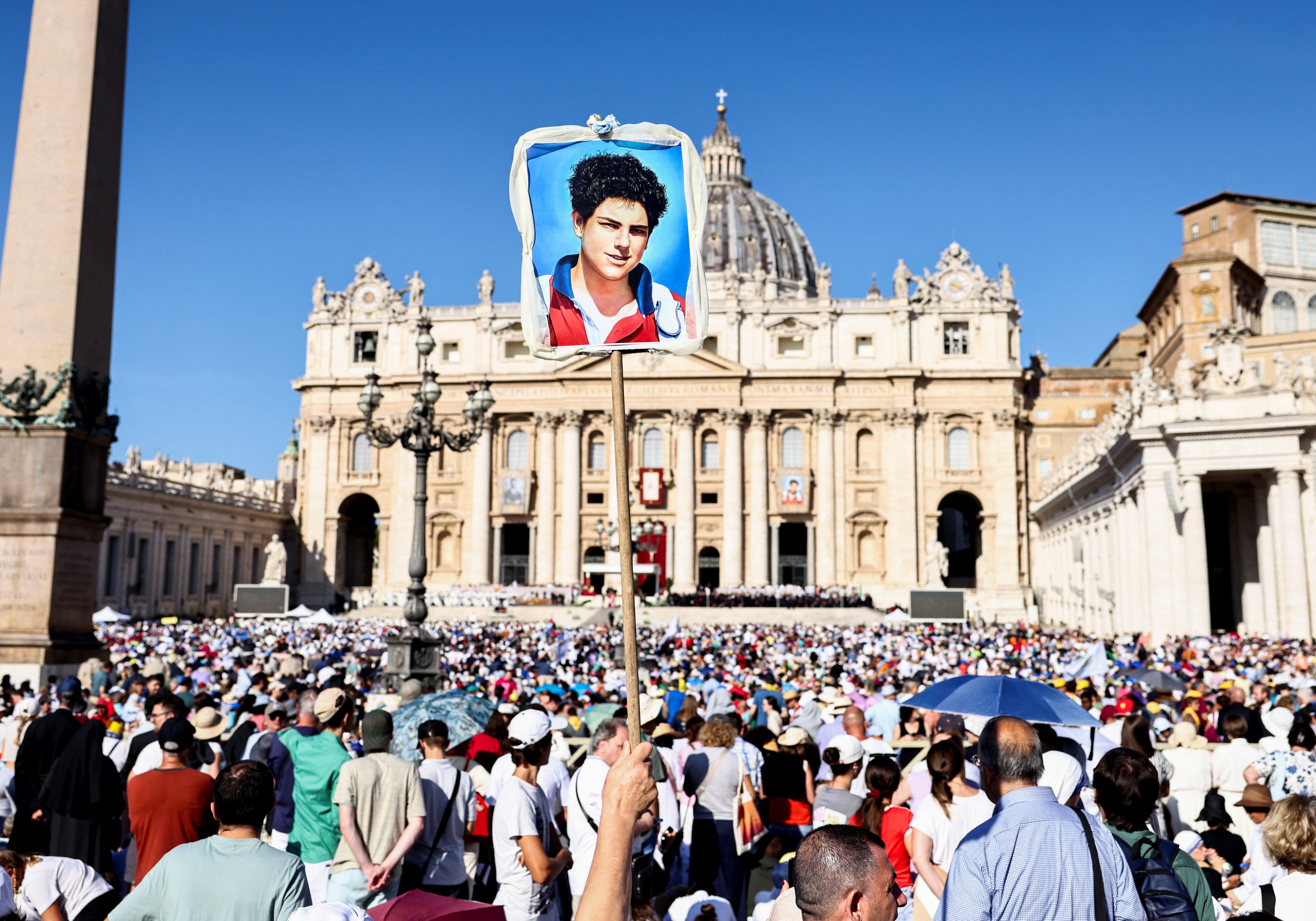April 6, 2018 at 1:53 p.m.
Sidebar: How Holy Orders evolved through the centuries
The New Testament, however, doesn't speak of priesthood as Catholics now know it, according to Rev. Thomas Richstatter, OFM, in his book "The Sacraments: How Catholics Pray."
Jesus is referred to as a "high priest" for the first time in the Letter of Paul to the Hebrews, and His priesthood is compared to the Levitical priesthood known by the Hebrews. "But there is no clear picture of individual priests in the early Christian community acting...as clerical mediators between God and the people, offering sacrifice on behalf of the community," Father Richstatter writes.
The three orders in the early Church remain to this day:
* The bishop was entrusted with overall management of the community, accepted new members, reconciled sinners and led the community in its worship.
* Priests helped the bishop with teaching, anointing the sick, missionary work and establishing new communities; by the fourth century, they presided at the Eucharist and received new members through Baptism.
* Deacons met the practical needs of the community and took charge of Church finances, communications with neighboring churches, and care for widows and orphans.
During the Middle Ages, the daily ministry of priests increased, as many bishops became powerful political and military leaders. "Often, [the priest] was the only cleric visible to the ordinary people," Father Richstatter notes. "The priest was looked upon as the one who received the power to say Mass and forgive sins for the Church at large."
Deacons, meanwhile, nearly disappeared from the Roman Church; the order was restored in the 1960s by the Second Vatican Council.
The Council of Trent in the 16th century defended the hierarchical structure of major and minor orders in the Church; taught that bishops are superior to priests; and upheld the distinction between the baptized and ordained in the Church. Those teachings guided Catholic perception until the mid-20th century, when the Second Vatican Council taught that all the faithful are called by Baptism to be a priestly people.
There is a difference between the priesthood of the ordained and the priesthood of all the faithful, but the two are related and both share in the priesthood of Christ.
"The priest, by virtue of sacramental ordination, shares in the threefold ministry of Christ as minister of God's word, as minister of sacraments, and as pastoral guide of the community." (PQ)
(07-06-00) [[In-content Ad]]
- Modern Christian martyrs show power of love in face of hatred, pope says
- Pope says his biggest challenge since election is being a world leader
- Full text: Pope Leo XIV’s Angelus message for September 14, 2025
- Celebrating an American Saint: St. Elizabeth Ann Seton canonization at 50
- Thousands of visitors celebrate Pope Leo’s birthday in St. Peter’s Square
- Erika Kirk urges nation to embrace faith, family, patriotism after husband’s murder
- Pope welcomes Burch as new U.S. ambassador to the Holy See
- Catholic leaders acknowledge tension between Trump immigration policy, religious liberty
- Peace requires a ‘different narrative’ world’s top church leaders urge
- Washington Roundup: Officials call for calm in US; lawmakers react to Russian drones; and more







Comments:
You must login to comment.